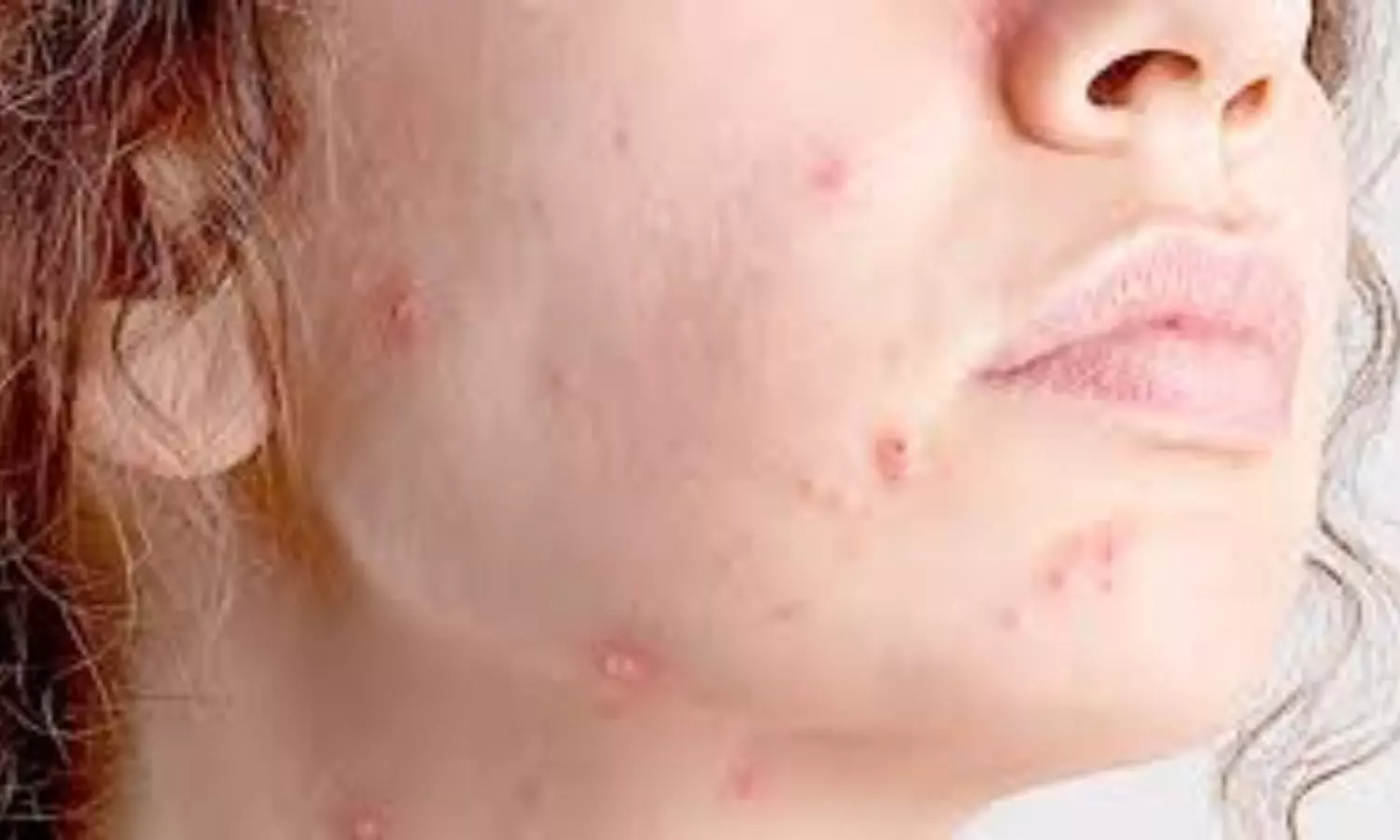Natural daylight photodynamic therapy with keratolytics improve actinic keratoses outcomes

A recent study published in the Journal of the European Academy of Dermatology and Venereology challenges the conventional method of treating actinic keratoses (AKs) through Methyl Aminolevulinate (MAL) photodynamic therapy (PDT). Traditionally, this process involves the removal of crusts and scales through curettage followed by the application of MAL cream which often causes intense pain for the patients.
This research was conducted on a total of 40 patients with multiple AKs on the face and/or scalp to compare the efficacy, safety, and patient satisfaction of standard natural daylight PDT (n-DL-PDT) with curettage versus a new approach. In this new app8roach, curettage was omitted and patients were prepared at home with keratolytics with a 30% urea cream applied twice daily for a week.
After the completion of this study, the findings indicated similarity in efficacy between the two methods analyzed. The mean reduction in the number of AK lesions three months post-treatment was 54.7% in the group without curettage (-Cur) and 58.7% in the group with curettage (+Cur). Also, the differences in efficacy and patient satisfaction were statistically insignificant. The pain scores reported during and after daylight exposure were low and comparable in both the groups, and no unexpected adverse events were observed.
The key highlights of this research suggest that curettage might not be essential for the full treatment effect of n-DL-PDT. This study was conducted in a real-life setting and underscores that the n-DL-PDT protocol could be revolutionized by replacing curettage with keratolytics. This offers a more patient-friendly approach and also presents a major advancement in the field of dermatological treatments.
Source:
Caccavale, S., Boccellino, M. P., Brancaccio, G., Alfano, R., & Argenziano, G. (2023). Keratolytics can replace curettage in daylight photodynamic therapy for actinic keratosis on the face/scalp: A randomized clinical trial. In Journal of the European Academy of Dermatology and Venereology. Wiley. https://doi.org/10.1111/jdv.19687



